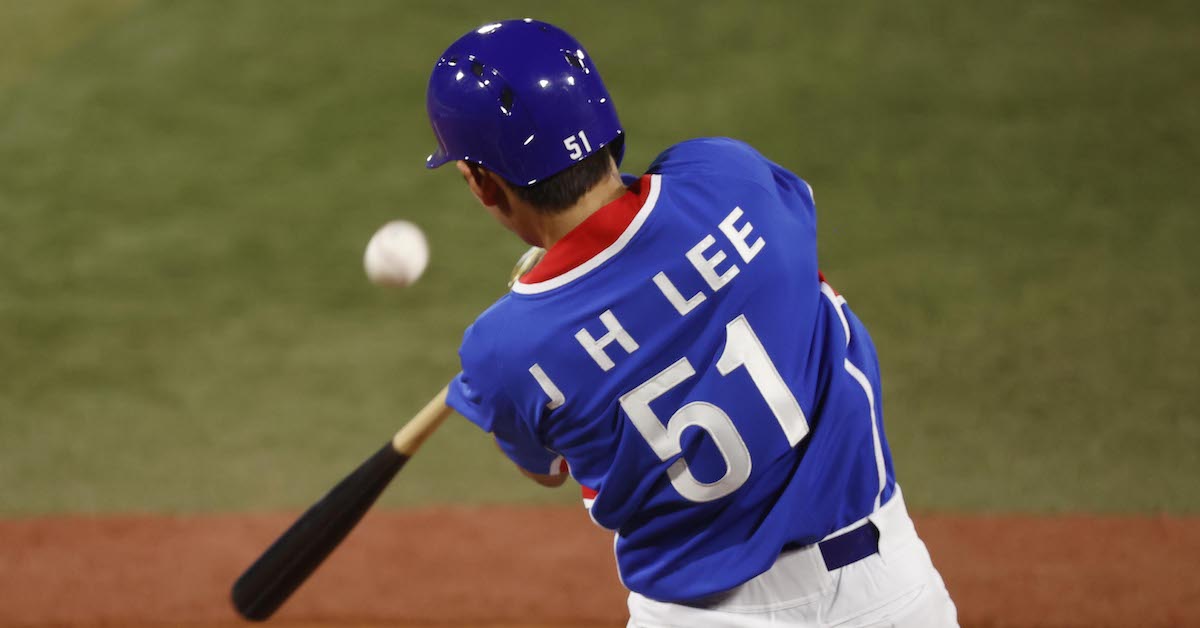Sunday Notes: Wei-En Lin and Jo Hsi Hsu Will Be Taiwan’s WBC Pitchers to Watch
World Baseball Classic managers were made available to the media during the Winter Meetings, and I took that opportunity to ask Chinese Taipei’s Hao-Jiu Tseng about some of the best arms in Taiwan. I had specific pitchers in mind, but opted to begin with an open-ended question rather than cite any names. The response I got was likewise non-specific.
“I hope all pitchers from our team can be known by all baseball fans,” Tseng told me via an interpreter. “There are so many young pitchers. Most of them are still playing at the minor league level, but this tournament can help them improve their skills and experience, and someday grow into great players at a top level.”
The first pitcher he mentioned when I followed up was Wei-En Lin, a 20-year-old left-hander in the Athletics system who was featured here at FanGraphs back in August. The second was the hurler I was most interested in hearing about
.
“Jo Hsi Hsu pitches in the [Chinese Professional Baseball League], ”Tseng said of the recently-turned-25-year-old right-hander, who had a 2.05 ERA and 120 strikeouts, with just 78 hits allowed, over 114 innings for the Wei Chuan Dragons. “He is a posted player this offseason. Right now he is eligible to negotiate with foreign clubs. He possibly will transfer his contract to Japan or America. He is the ace of the CPBL. Read the rest of this entry »









